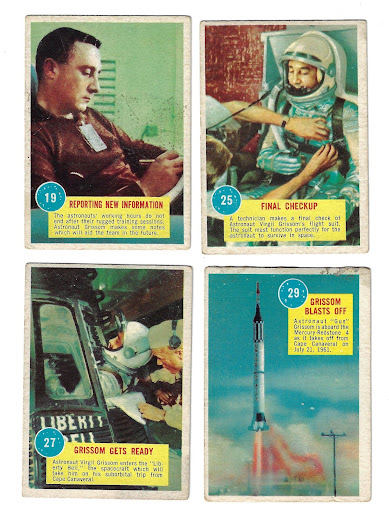As a child, though I owned telescopes, most of my instrument viewing was with microscopes. I learned well that more power does not make a better view because you lose resolution. Soon, you are viewing your own floaties. This applies to telescopes. However,… Magnification is seldom wasted. To split a close pair of stars, you only need two small circles of light.
Also, as it happens with a telescope, with low power, you get less contrast: the background is brighter. With more magnification, you get a deeper black where the points of light are not.
I accept the limitations of my instruments. The system must be balanced. My telescopes work best below 110X. My 70mm National Geographic refractor is an f/10 F=700 mm and the Explore Scientific First Light 102mm refractor is an f/6.47 F=660mm. So, for me (or them), the limits are the 6mm ocular or the 13mm with a 2X Barlow. And those are limits. Practically, I work between 20X and 80X, though, as noted above, when pursuing binary stars and similar objects, I accept the degraded resolution.
Then, I found interesting advice at Ronald Stoyan’s “The Visual Astronomer” webpages (here: http://visualastronomer.com/ -- but not https secure and not updated recently). During the last Mars opposition in October 2020, he posted this: “Most people tend to use a power that still renders a “sharp” image. I would like to encourage to go further: Even if the image does not look as good and is a bit soft, and turbulence is destroying definition most of the time, your eye will be able to make out more fine detail in the milliseconds of calm air as when looking at the sharper image at lower power. This requires a certain amount of patience, in many cases you’ll have to wait several tens of minutes to get glimpses of fine detail. But it will pay off eventually. Actually, there is no such thing as “empty” or useless magnification. Discard all obsolete rules!”
And so I did. With a 5X focal extender coupled to a 2X Barlow, I used a 6mm ocular in my F/660 telescope and viewed Jupiter at 1100 power. I was also encouraged in that by Don Pensack who does a bit of writing himself. Helping me to find M4 in Scorpius (still not found), in a chat on The Sky Searchers website, he wrote: “Higher magnification is the obvious answer, but only once it is in the field. Worry more about the magnification than the amount of glass. You have to diminish the brightness by 10% or more before it's even noticeable in a lab environment (10% is only 0.1 magnitude), and a Barlow does not do that. If the field is darker, it's because of magnification, not the number of glass elements in the focuser.” I had been reluctant to use more ocular than necessary to view. While I personally prefer the wider view of a 17 mm ocular with a 2X Barlow, I would nod to the fact that the 8mm ocular delivers the same view with less interference. Last night, I abandoned my vitrophobia, and went full bore.
I can’t say that I learned much about the planet. But it was an interesting experience. I also viewed Saturn. Again, it has looked better farther away. But it was an interesting experience. And it led to a personal discovery: I observed the globular cluster Messier 22 (NGC 6656) in Sagittarius. (At left from Sky & Telescope reduced to approximate actual experience at 500X with an Explore Scientific First Light 102mm refractor.)
PREVIOUSLY ON NECESSARY FACTS
Assign a Number to It Said Lord Kelvin
Baader-Planetarium Micro-Guide Reticle


























